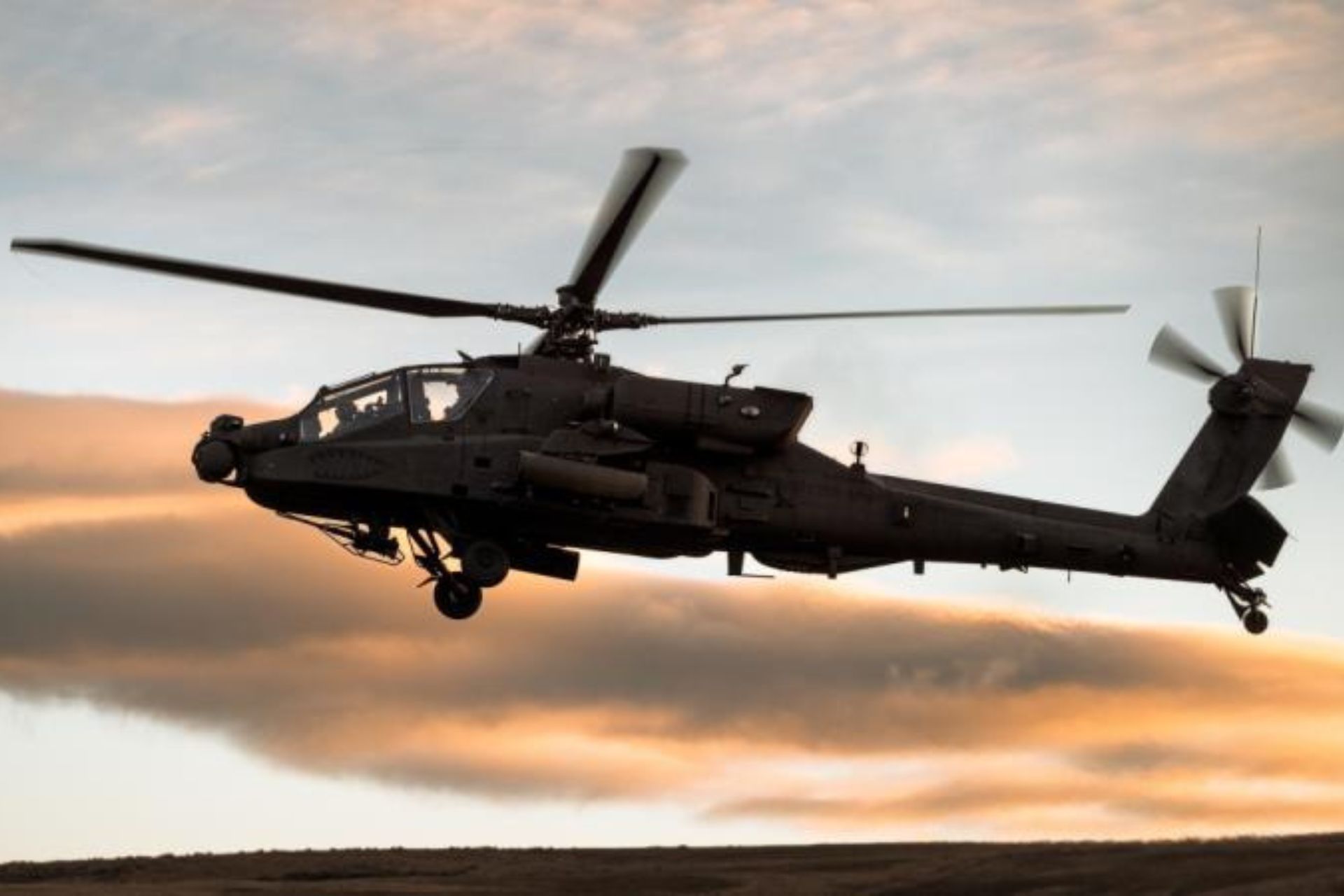Breaking News
Australian Pilots Prepare for Transition to AH-64E Apache Attack Helicopter with US Army.
As Australia prepares to receive its first Apache helicopters in just over a year, five Australian Army pilots are getting a head start by familiarizing themselves with the platform. These pilots, who previously flew the ARH Tiger, are embedded with the US Army, gaining valuable flight experience on the AH-64E Apache attack helicopter. After completing their conversion training at the US Army Aviation Centre of Excellence in Fort Novosel, Alabama, the pilots are now fully integrated into various US Army combat aviation units.
Follow Army Recognition on Google News at this link

The AH-64E Apache boasts significant upgrades over the ARH Tiger, especially in range and target acquisition (Picture source: Australian Army)
A pilot with nearly 1,000 flight hours on the ARH Tiger highlighted key differences between the two aircraft. While the Tiger is lighter and more agile, the Apache offers greater armor, advanced sensors, and significantly increased firepower. The Apache can carry 16 Hellfire missiles, double the Tiger's capacity, but its heavier weight, around 10 tonnes, requires more precise handling in flight to manage momentum effectively.
After completing their initial training, Australian pilots were embedded in various US Army units across Hawaii, Washington, Kentucky, and Alabama. Their experience flying the AH-64E Apache, the latest version that Australia will also receive, is essential for developing the Australian Army's future Apache doctrine. These pilots are gaining valuable insights into the Apache's capabilities, including the integration of the Spike missile, set to complement the Hellfire in the US Army.
The AH-64E Apache boasts significant upgrades over the ARH Tiger, especially in range and target acquisition. With advanced sensors, infrared capabilities, a color display, and Longbow radar, it can detect and engage targets from greater distances. The Apache also benefits from systems like Link 16, allowing real-time information sharing with other aircraft and ground units. Its robust armor and advanced weaponry make it crucial for deep strikes and precision attacks in high-threat areas.
In US Army operations, Apache formations use a coordinated approach, sharing target data through mixed radars and receivers. This method allows for precise strikes on strategic targets, often supporting large-scale operations. As Australia prepares to receive its first 29 Apaches by 2025, these pilots will bring back invaluable experience to ensure the platform’s success in the local environment. While awaiting the Apache, the ARH Tiger will continue to serve the Army’s operational needs effectively.

An Australian Army pilot operates a US Army AH-64E Apache while on exchange with the 16th Combat Aviation Brigade in Washington (Picture source: Australian Army)


























